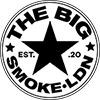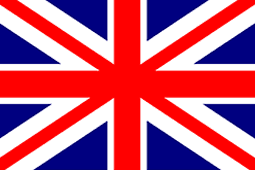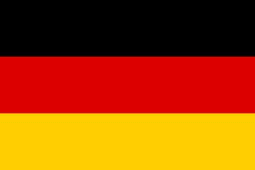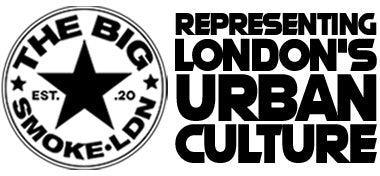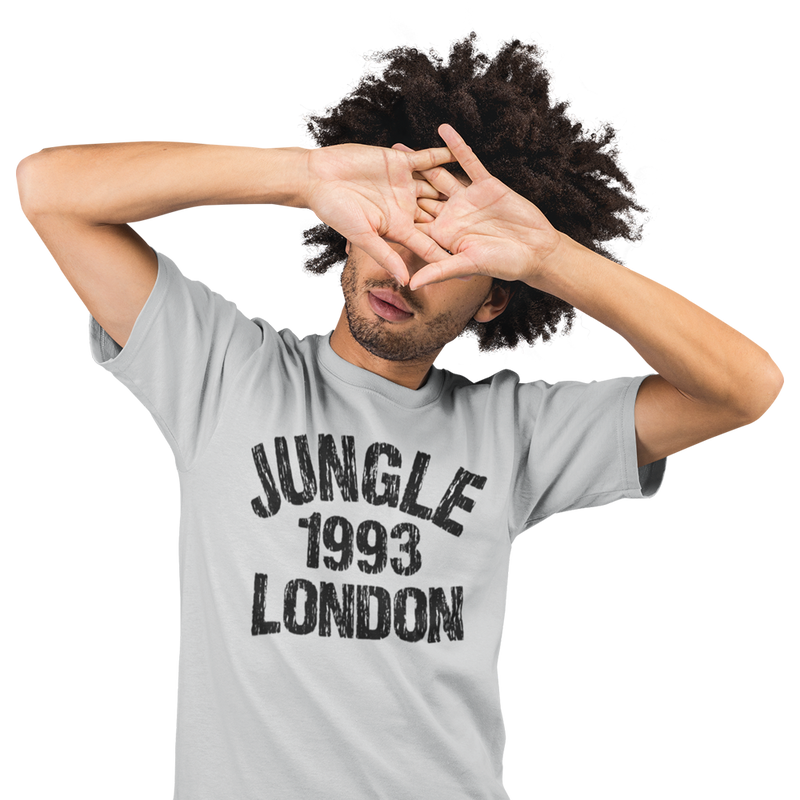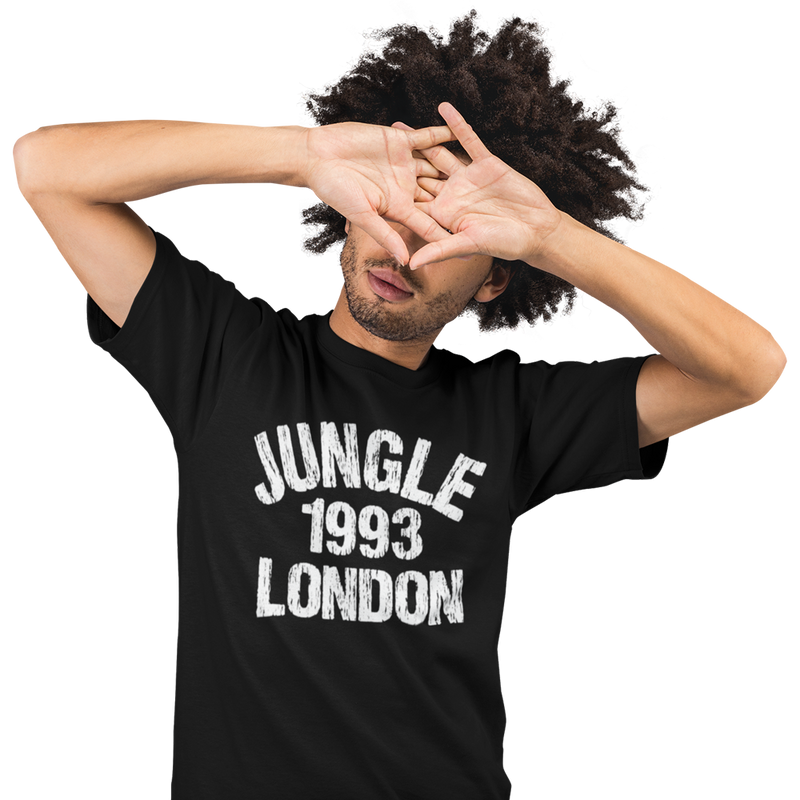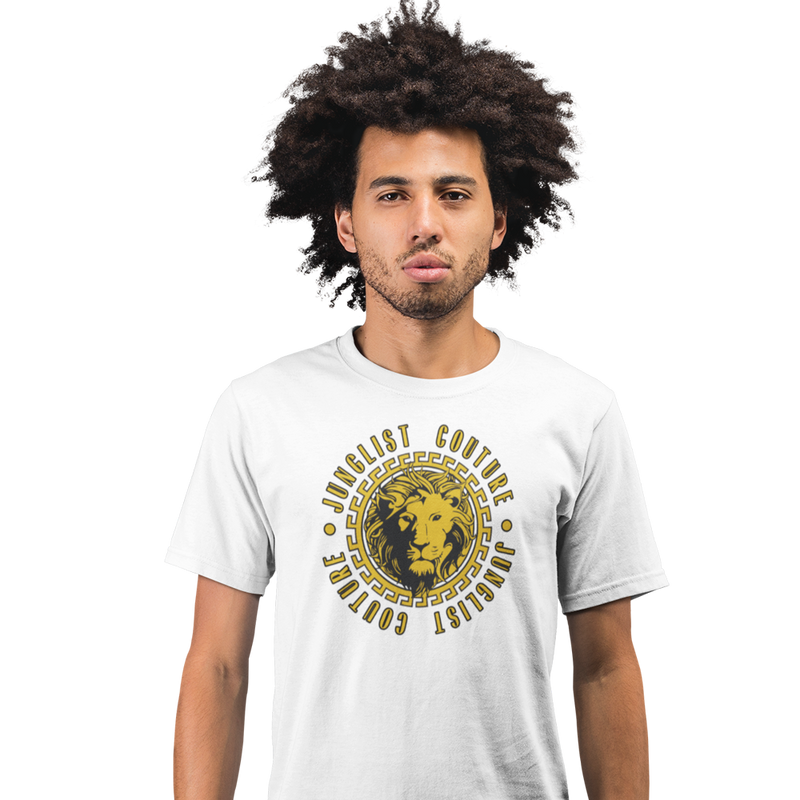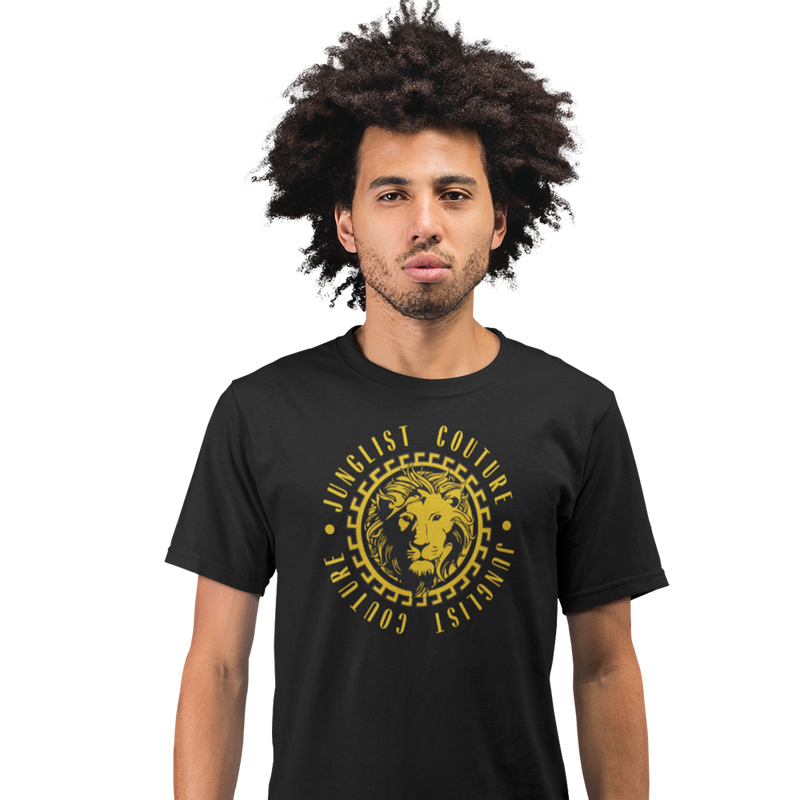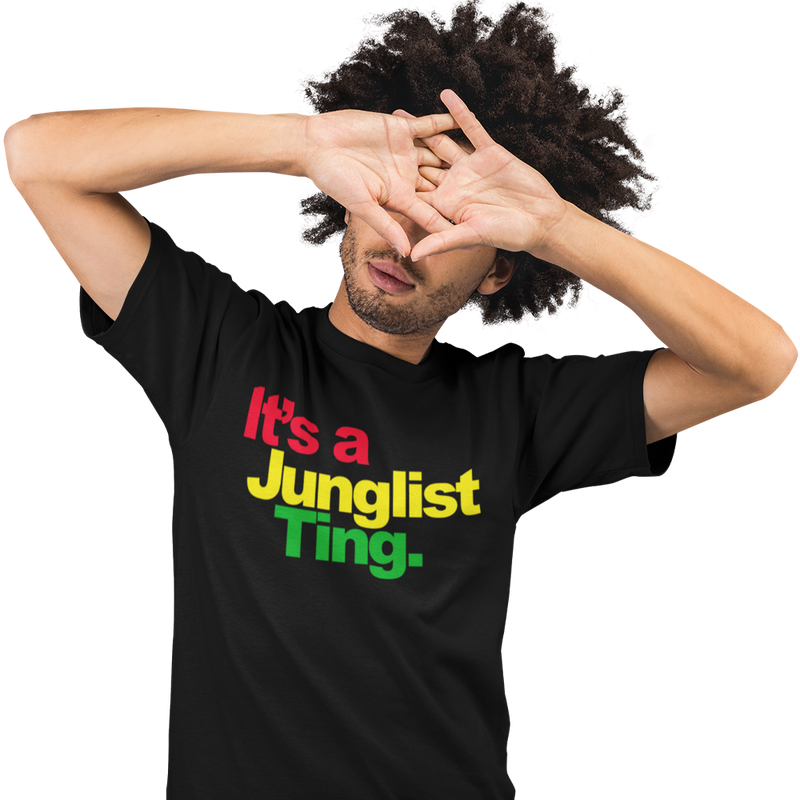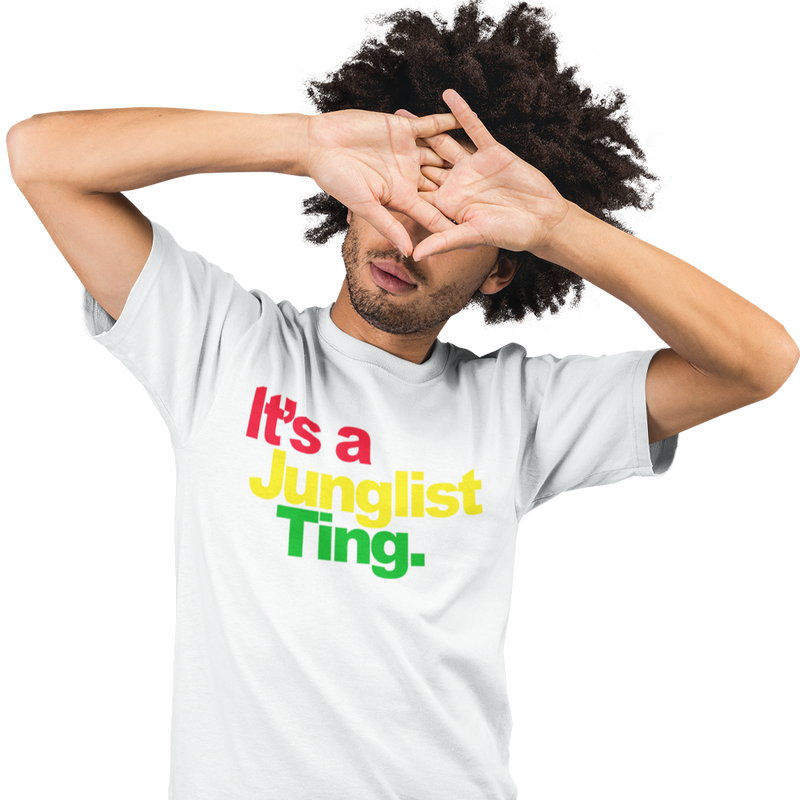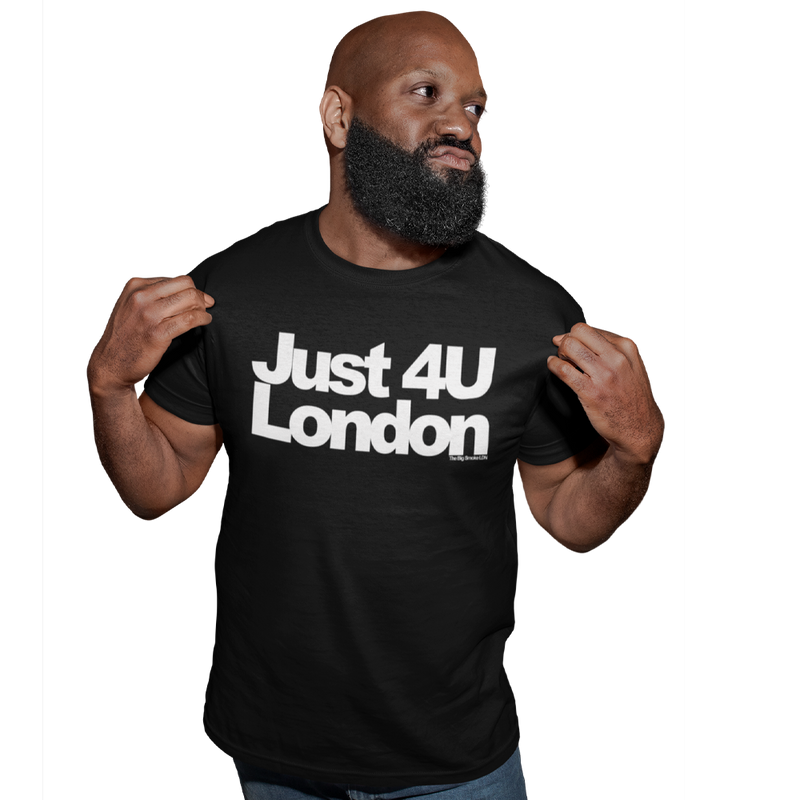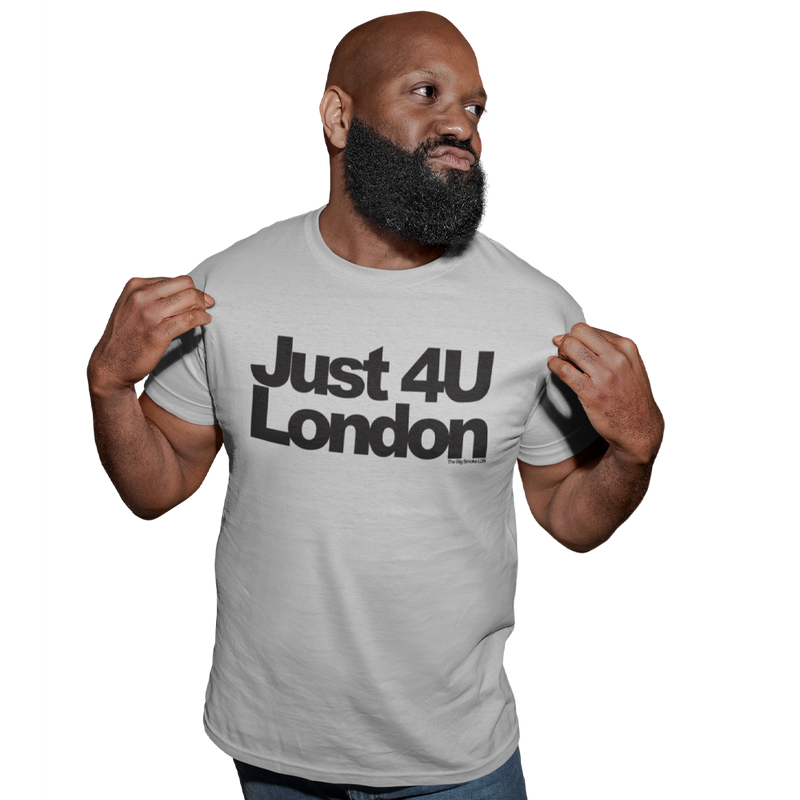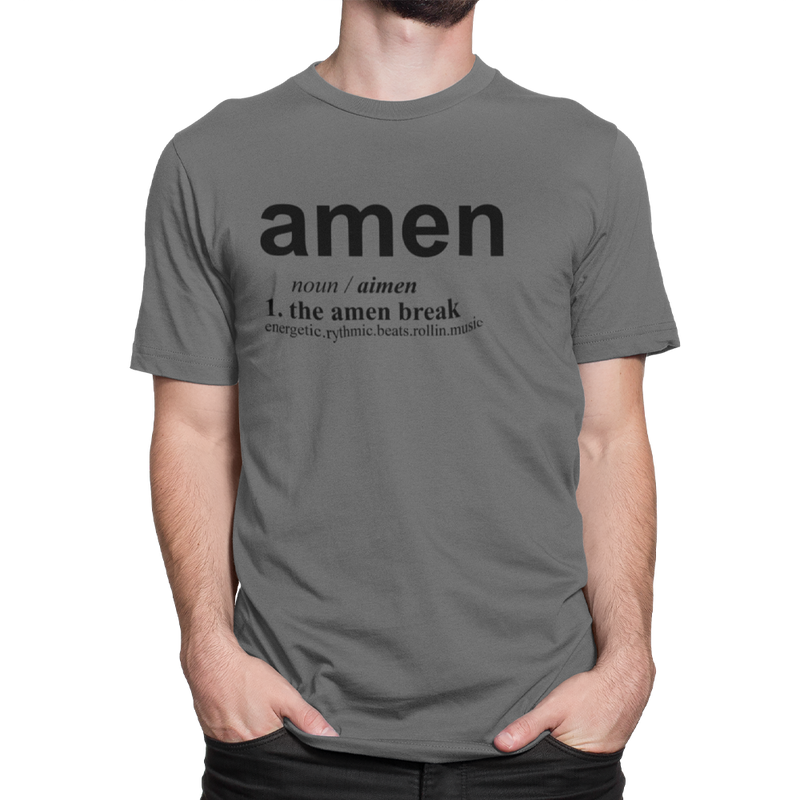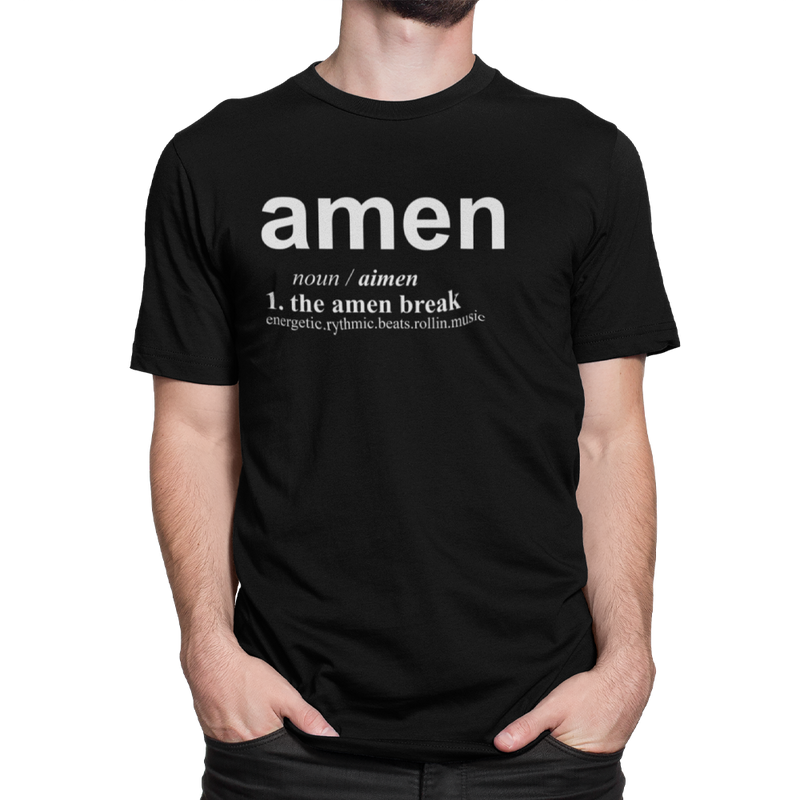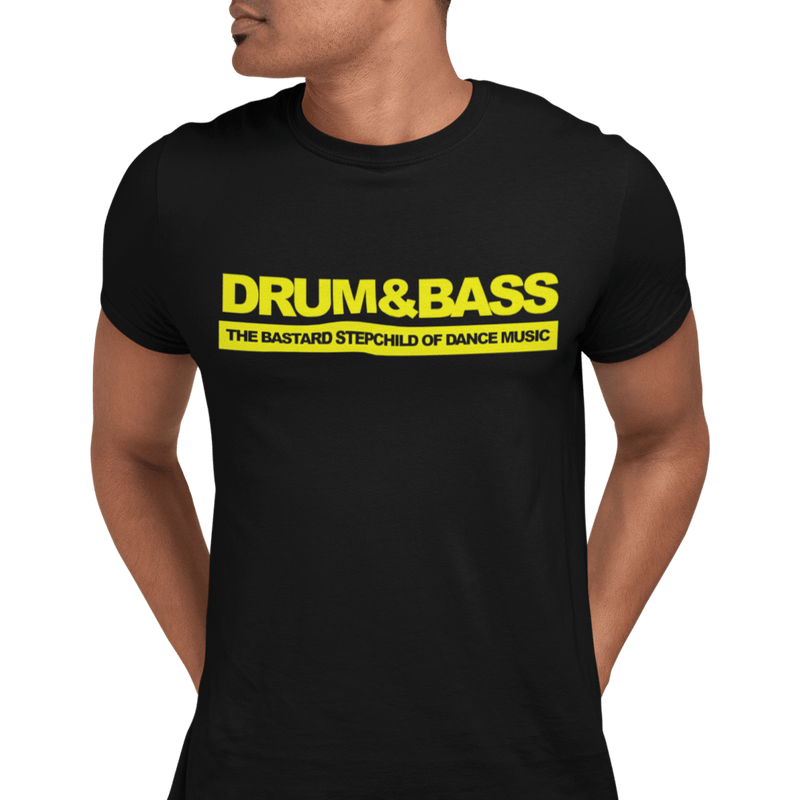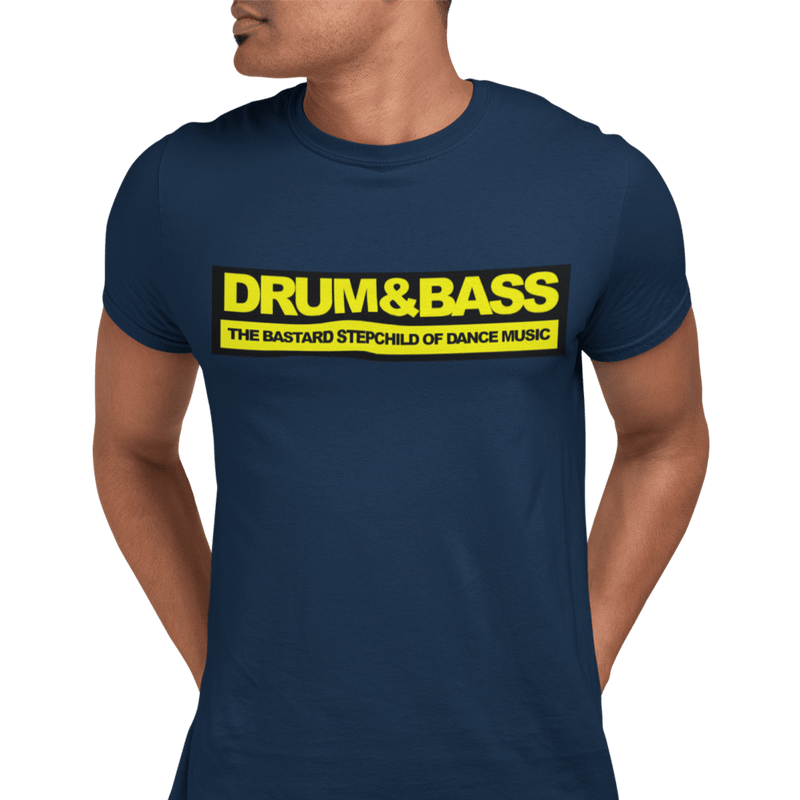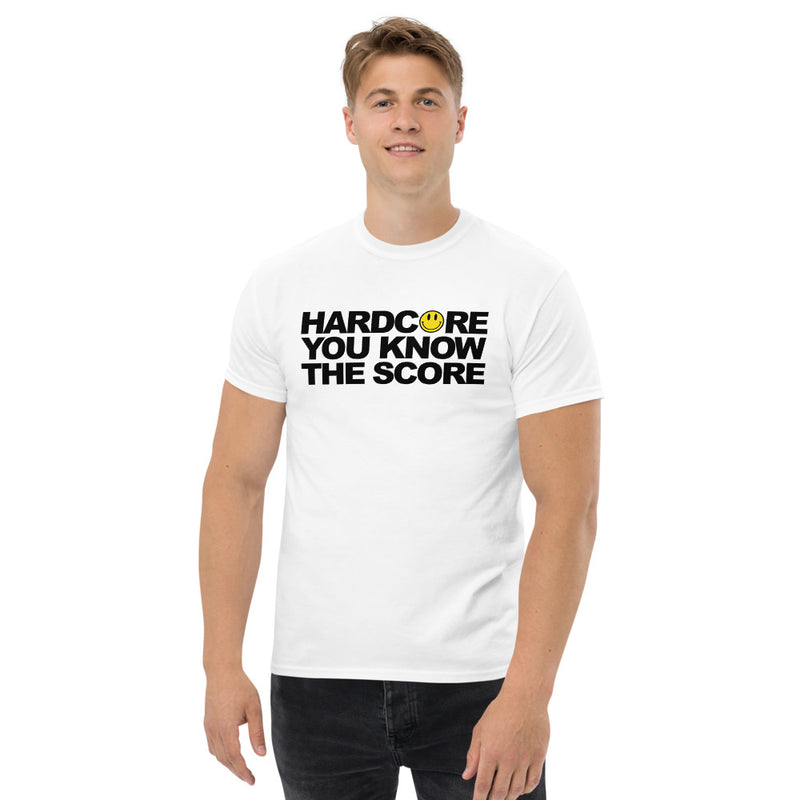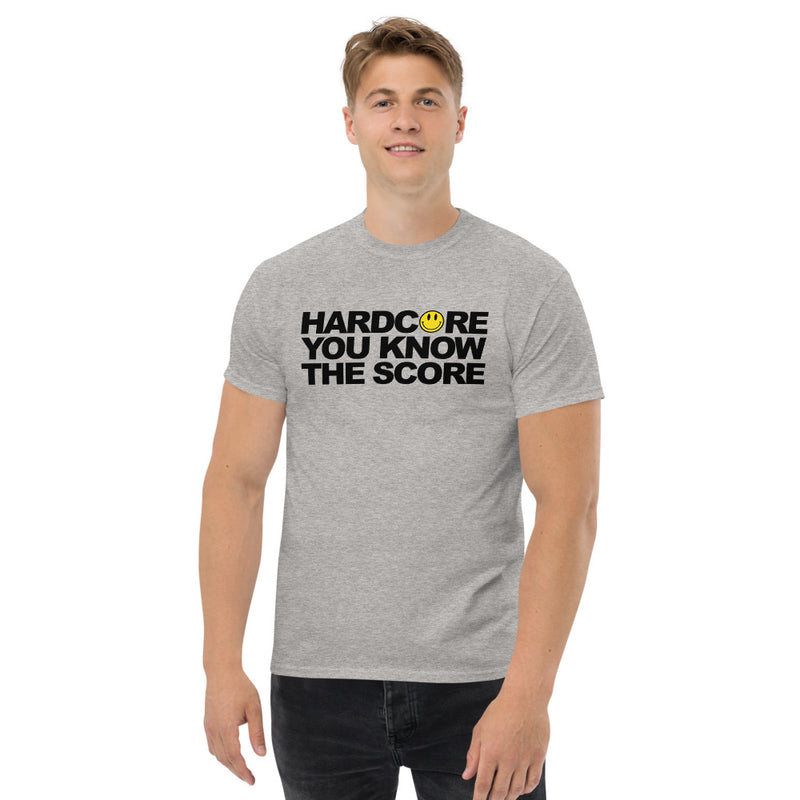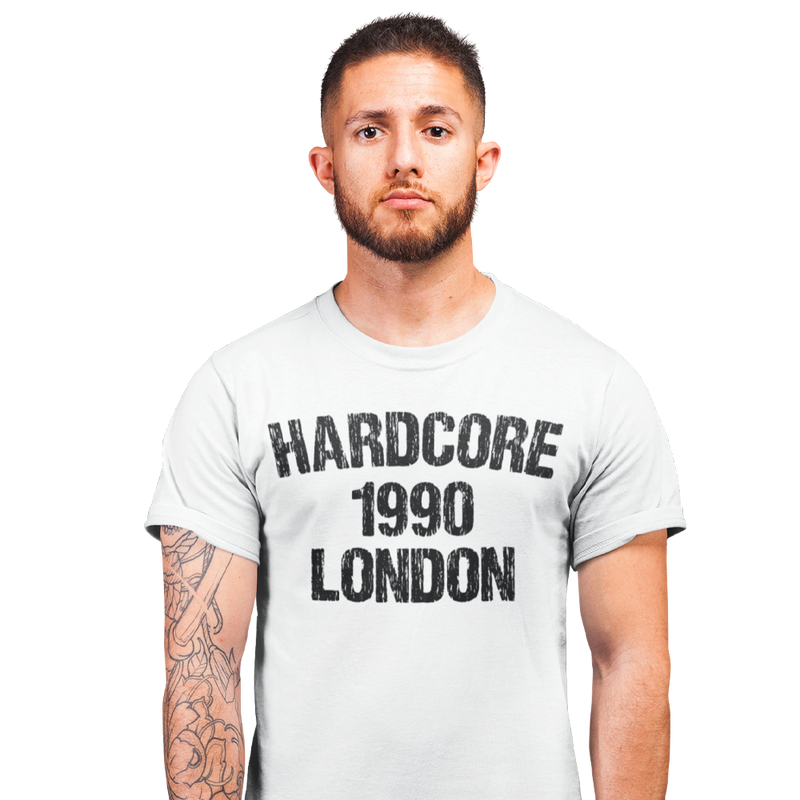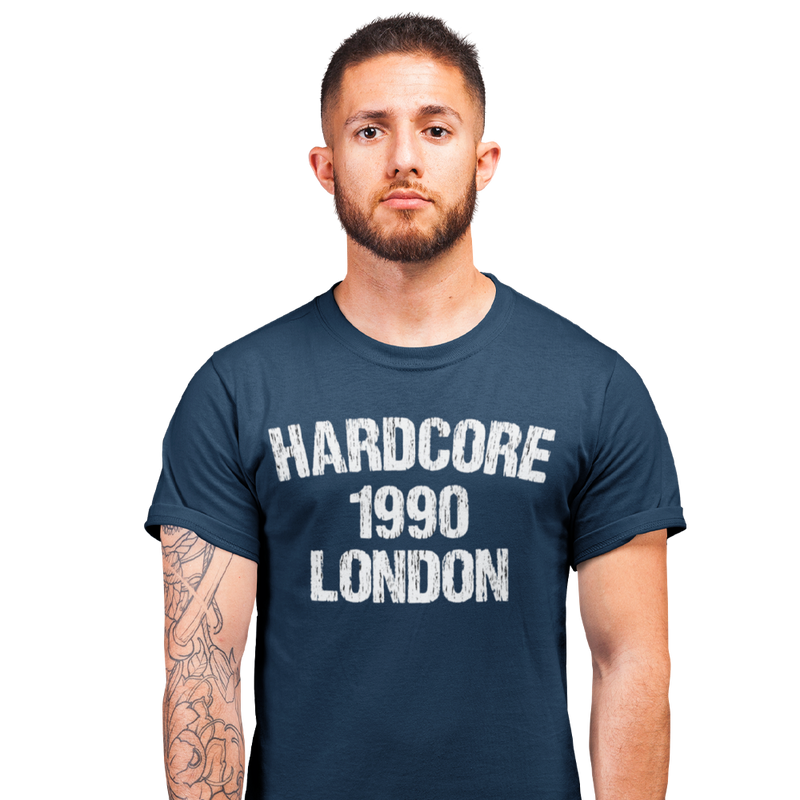How Electronic Dance Music Has Influenced Designer Streetwear
How Electronic Dance Music Has Influenced Designer Streetwear
Since the dawn of time, there has always been a strong connection between music and fashion clothing.If you think about any era of music, (past and present) there is always a style of clothing and edgy fashion that identifies to that music genre. From the ripped jeans with chains, safety pins, and Doctor Martin Boots fashioned by Punk Rockers to the exotic frilly shirts worn by the New Romantics in the 80’s.
We are now in an era where music plays such an influential role in designer streetwear that artists and musicians are either collaborating with high end fashion designers or launching their own range of urban clothing.
Let us delve back in time as that we can discover what has brought on this ever-growing trend of alternative fashion.
The History of Dance Music in the UK
During the early to mid-’80s in the UK, the main genres of dance music were Soul, Funk, and Reggae. During this era, the dress code was the predominately smart dress. Men would often be seen at social events wearing baggy suits, designer stays press trousers, designer jumpers and crocodile shoes, while women wore smart and sophisticated dresses, edgy fashion accessories, with huge frills and shoulder pads with high heeled shoes.
If you wanted to look your best for the weekend to go out clubbing at the West End or an all-night house party, the place to be to buy your fashion clothing was Oxford Street, Carnaby Street, and Kings Road in Chelsea.
The party-goers dress code was influenced by the musicians and artists of that era. The men would model the sharp suits worn by Alexander O’Neal, while the females replicated the elegant dresses worn by soul signers Phyllis Hyman and Patrice Rushen to name a few.

Even though the recording artists had a strong influence on the dress code of the nightlife fashion clothing in the 80s. Fashion designers and recording artists were not working hand in hand to help shape the clothing and fashion industry. But all of this was about to rapidly change.
The late ’80s saw the birth of rave culture where there was a big shift in how music was made and the fashion that was worn by the artists and the punters.
Recording artists started to move away from the full piece acoustic bands and started to use electronic equipment where music could be played, recorded, and sequenced by one person. The tempos became faster, the basslines became heavier, and the drum patterns became more complex with precise synchronisation that allowed DJs to seamlessly mix one record into another.

Partygoers were less inclined to go to the swanky clubs in the West End and favoured the all-night illegal warehouse parties in the fields around the M25 belt that played the bellowing sounds of Acid House music. Acid house music completely flipped the script on what people wore when they were out raving at the weekends. The smart shoes were replaced with comfortable trainers and Kicker boots. The smart suits and fancy dresses were replaced with baggy jeans with colourful designs, tracksuits, hoodies, graphic t-shirts, and dungarees with bold graphic designs. People no longer dressed to impress, and instead wore rave wear and partied all night.
The rave scene in the UK was the modern-day equivalent of the hippie revolution in the 60s. Rave culture was all about peace, love, unity, and the freedom to party all night long. Rave culture was also a major turn where the United Kingdom started to create its own musical identity. Before that, the UK dance scene had always been dominated by music that originated from America. Soul, Funk, Electro, Hip Hop, and Boogie. The evolution of studio technology made it more accessible for people to make music which lead to more UK owned independent record labels.

This gave birth to a new echelon of musical superstars. DJs that produced music that either owned their record labels or released their music on UK independent labels. This era gave birth to artists like Adamski, Rebel MC, Carl Cox, and The Prodigy to name a few.
Rave Culture & Designer Streetwear
As the UK dance scene rave scene started to expand in the late 80s and early 90s, DJs and Music producers were having a stronger influence on street style clothing. An artist that had a revolutionary influence on UK fashion in the late 80s was Jazzie B from Soul II Soul. He pioneered the “Funki Dread” image where men modelled evenly formed dreadlocks with the sides shaved bald. He also launched his own range of designer streetwear, and fashion accessories that could be exclusively purchased in his Soul II Soul shop, which was based in the heart of Camden Town in London.

The mid 90’s was an era where drum n’ bass superstar Goldie took the scene by storm. He launched the ground-breaking record label Metal Headz in 1994 and launched his own range of exclusive rave wear.
Goldie would always be seen modelling designer streetwear from the American designer Shawn Stussy in publicity photos and whenever he was DJ’ing. This brand soon became drum and bass attire, with ravers regularly seen wearing Stussy t-shirts, hoodies, tracksuits, beanies, caps, and jackets.
Goldie and Shawn have recently collaborated to launch an exclusive Stussy Metal Headz Urban Clothing Range.

The Future of Music & Designer Streetwear
In the past 30 years, we have seen more collaborations with musicians and designer streetwear labels in the UK and the US. In recent years we have seen Kayne West, Cardi B, Pharrell, Beyonce, Travis Scott, Goldie, Lady Leshurr, Dave, and Stormzy collaborate with high-end fashion designers and sportswear brands.

This is a growing trend that seems like it is here to stay. As long as dance music keeps on evolving, there will always be a style that gives that music genre its’ identity of edgy fashion.
How Electronic Dance Music Has Influenced Fashion
Since the dawn of time, there has always been a strong connection between music and fashion. If you think about any era of music, (past and present) there is always a style of clothing and fashion that identifies to that music genre. From the ripped jeans with chains, safety pins, and Doctor Martin Boots fashioned by Punk Rockers to the exotic frilly shirts worn by the New Romantics in the 80’s.
The Future of Music & Fashion
In the past 30 years, we have seen more collaborations with musicians and designer labels in the UK and the US. In recent years we have seen Kayne West, Cardi B, Pharrell, Beyonce, Travis Scott, Goldie, Lady Leshurr, Dave, and Stormzy collaborate with high-end fashion designers and sportswear brands.
In the past 30 years, we have seen more collaborations with musicians and designer labels in the UK and the US. In recent years we have seen Kayne West, Cardi B, Pharrell, Beyonce, Travis Scott, Goldie, Lady Leshurr, Dave, and Stormzy collaborate with high-end fashion designers and sportswear brands.
